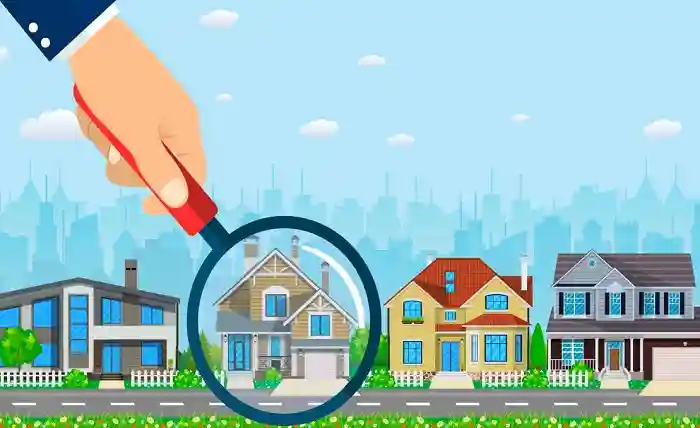The Latest Trends and Developments in the Real Estate Industry

The real estate industry is constantly evolving and adapting to the changing needs and preferences of buyers, sellers, investors, and professionals. Here are some of the latest trends and developments that are shaping the real estate industry in 2023:
The Rise of Smart Homes and Technology
One of the most noticeable trends in the real estate industry is the increasing demand for smart homes and technology. Smart homes are homes that are equipped with devices and systems that can be controlled remotely or automatically, such as thermostats, lights, security cameras, locks, appliances, and more. Smart homes offer convenience, comfort, security, energy efficiency, and customization to homeowners. According to a report by MarketsandMarkets, the global smart home market is expected to grow from $78.3 billion in 2020 to $135.3 billion by 2025, at a compound annual growth rate (CAGR) of 11.6%.
Technology is also transforming the way real estate transactions are conducted and managed. Real estate professionals are using technology tools such as online platforms, mobile apps, virtual tours, digital signatures, artificial intelligence, blockchain, and more to streamline their processes, enhance their services, and reach more clients. Technology is also enabling new business models and opportunities in the real estate industry, such as online marketplaces, crowdfunding platforms, iBuyers, proptech startups, and more.
The Impact of COVID-19 and the Recovery
Another major factor that is influencing the real estate industry is the impact of COVID-19 and the recovery. The pandemic has caused unprecedented disruptions and challenges to the real estate industry in 2020 and 2021, affecting both supply and demand across various sectors and markets. However, the real estate industry has also shown resilience and innovation in response to the crisis, adapting to new norms and expectations.
According to a report by PwC, the real estate industry is expected to recover gradually in 2022 and 2023, as vaccination rates increase, lockdowns ease, consumer confidence improves, and economic activity resumes. However, the recovery will also vary by sector and market, depending on factors such as location, affordability, demographics, infrastructure, policy support, and consumer behavior. Some of the sectors and markets that are expected to perform well in the recovery include:
- Residential: The residential sector is expected to remain strong in 2022 and 2023, as demand for housing continues to outstrip supply in many markets. Low mortgage rates, limited inventory, rising incomes, changing preferences, and demographic shifts are some of the drivers of residential demand. However, affordability challenges, supply chain disruptions, labor shortages, and regulatory hurdles are some of the constraints on residential supply.
- Industrial: The industrial sector is expected to benefit from the growth of e-commerce, logistics, warehousing, distribution, and manufacturing in 2022 and 2023. The pandemic has accelerated the shift to online shopping and delivery services, creating more demand for industrial space. However, supply constraints




